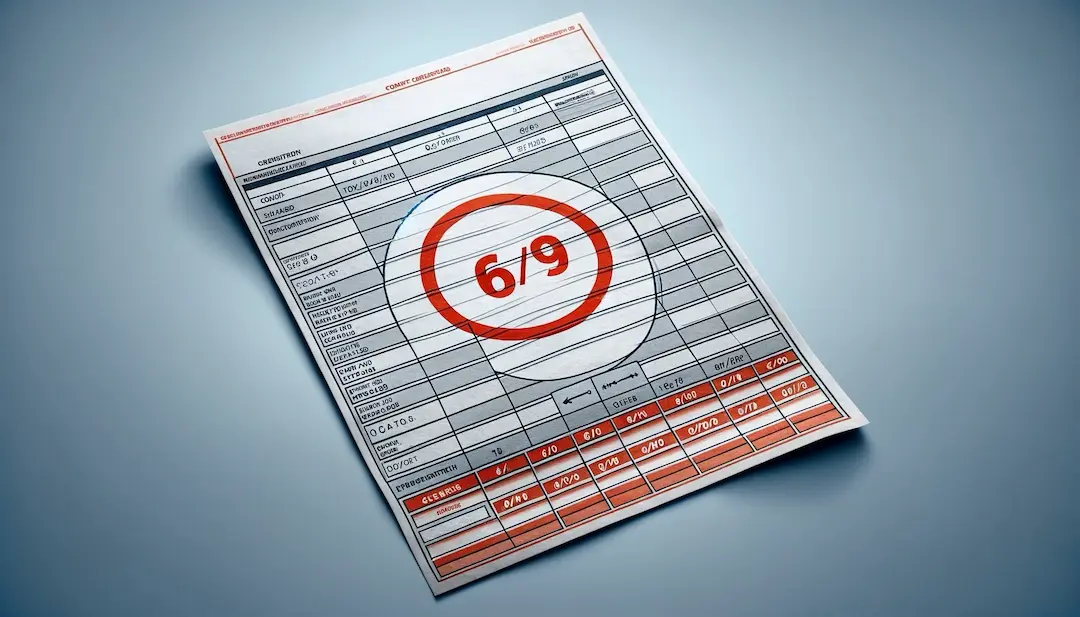March 19, 2024
Paper Trading Simplified: Start Your Investment Journey

Hello, Aspiring Market Mavericks!
Welcome to the world of investing! If you're new here, the concept of "paper trading" might sound a bit unfamiliar, but it's your secret weapon in mastering the stock market without risking a single penny. Let's dive into what paper trading is, how it works, and why it's an invaluable tool for beginners and seasoned investors alike.
What is Paper Trading?
Imagine being able to trade stocks, bonds, options, and more in the real market environment without the fear of losing money. That's paper trading in a nutshell. It's a simulated trading process where you practice buying and selling securities using virtual money. Think of it as the stock market's version of a flight simulator – it looks and feels real, but it's completely risk-free.
How Does Paper Trading Work?
Paper trading platforms mimic the live stock market, including real-time market data, allowing you to execute trades based on actual market conditions. Here's how you can get started:
- Choose a Platform: Many online brokers and trading platforms offer paper trading accounts. Sign up for one that offers tools and features you find most useful.
- Set Up Your Account: You'll typically start with a virtual balance, say ₹100,000, to allocate across different securities as you see fit.
- Start Trading: Use the platform to research stocks, make trades, and monitor your portfolio's performance over time, just as you would with real money.
- Analyze and Learn: The key to successful paper trading is reflection. Analyze your trades to understand what strategies work and where you can improve.
Benefits of Paper Trading
- Risk-Free Learning: The most obvious benefit is the ability to learn trading without financial risk. It's an excellent way to familiarize yourself with market mechanisms.
- Strategy Testing: Experienced traders use paper trading to test new strategies before implementing them with real funds.
- Building Confidence: For beginners, paper trading is a confidence booster. It allows you to make mistakes and learn from them without the stress of real losses.
- Understanding Market Dynamics: It helps you understand how market events, news, and trading hours affect stock prices and trading decisions.
Limitations of Paper Trading
While paper trading is an effective learning tool, it has its limitations:
- Emotional Disconnect: Real trading involves emotions like fear and greed, which can affect decision-making. Paper trading doesn't replicate this emotional aspect.
- Market Conditions: Although paper trading uses real-time data, executing a trade in a virtual platform can be different from the real market due to factors like liquidity and slippage.
After you've gained confidence through paper trading, you might consider transitioning to real trading. Start small, and remember that real trading involves risks. Apply the lessons learned from paper trading and continue educating yourself on trading strategies and market analysis.
Paper trading is an essential stepping stone for anyone looking to dive into the world of investing. It offers a hands-on learning experience without the risk, providing a solid foundation for successful trading. Whether you're a novice looking to understand the basics or an experienced trader testing new strategies, paper trading can enhance your skills and prepare you for the real deal.
Remember, the goal of paper trading isn't just to make virtual profits but to gain knowledge, experience, and confidence that will serve you well in the dynamic world of stock trading. Happy trading!



